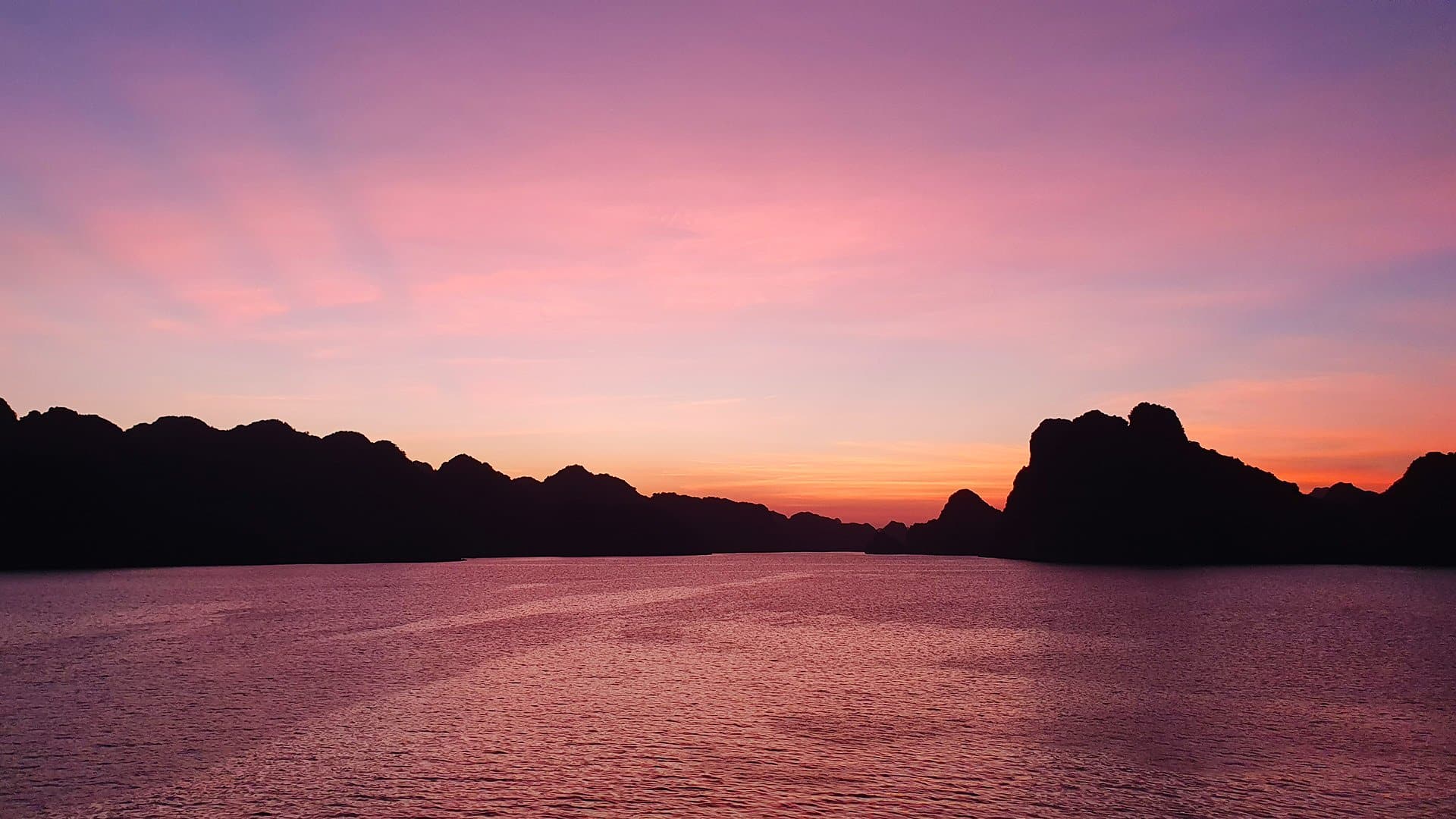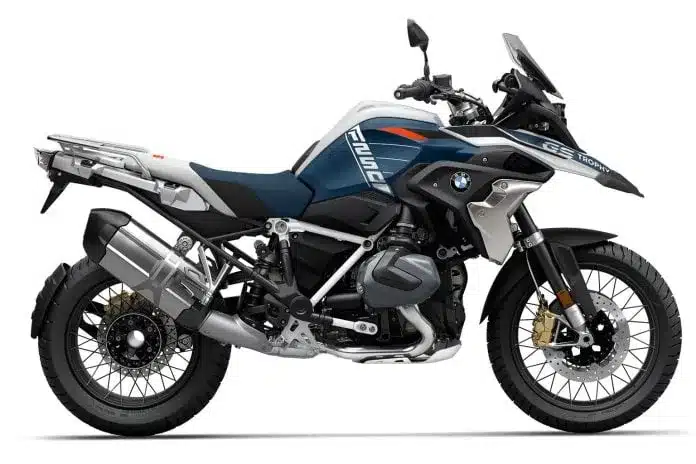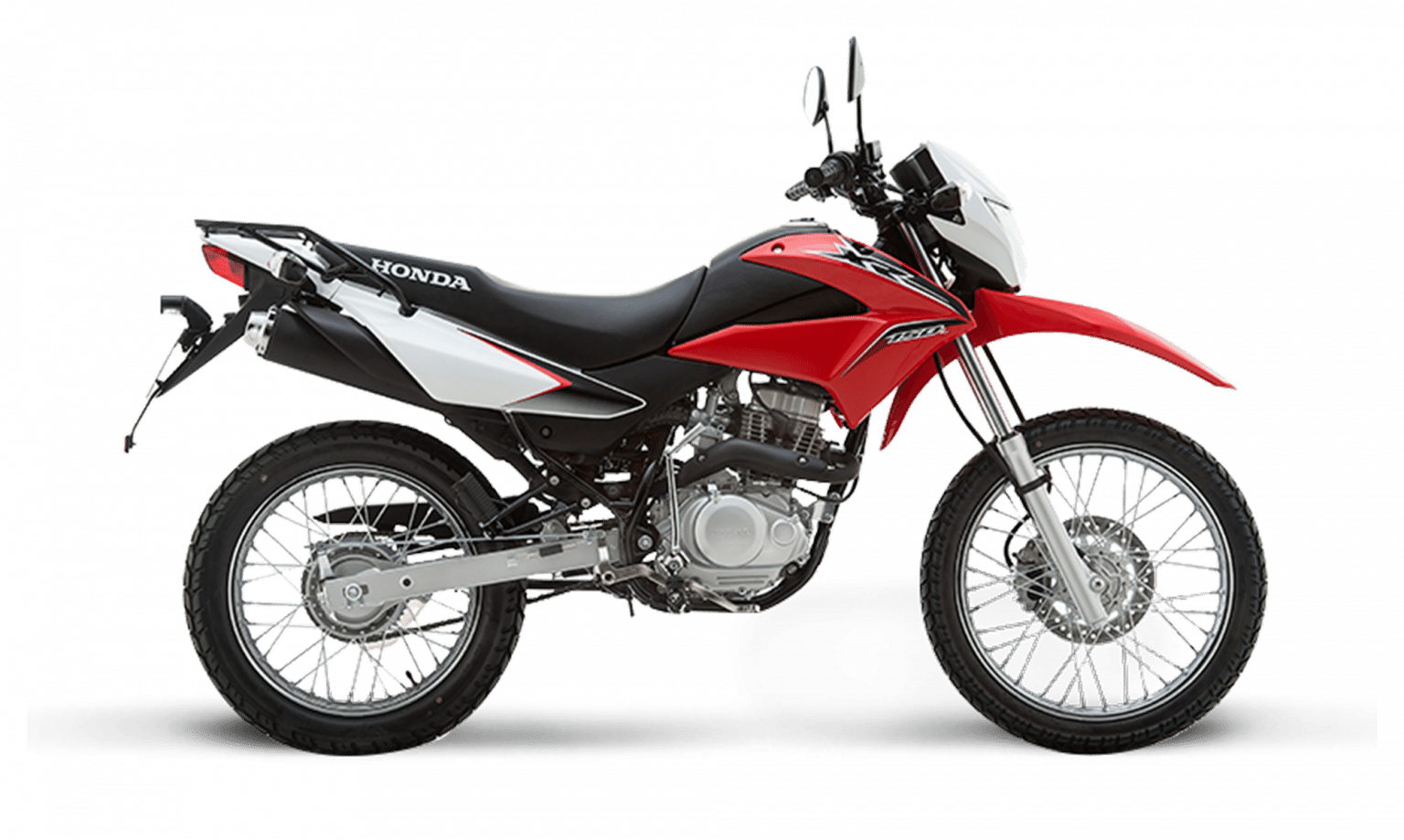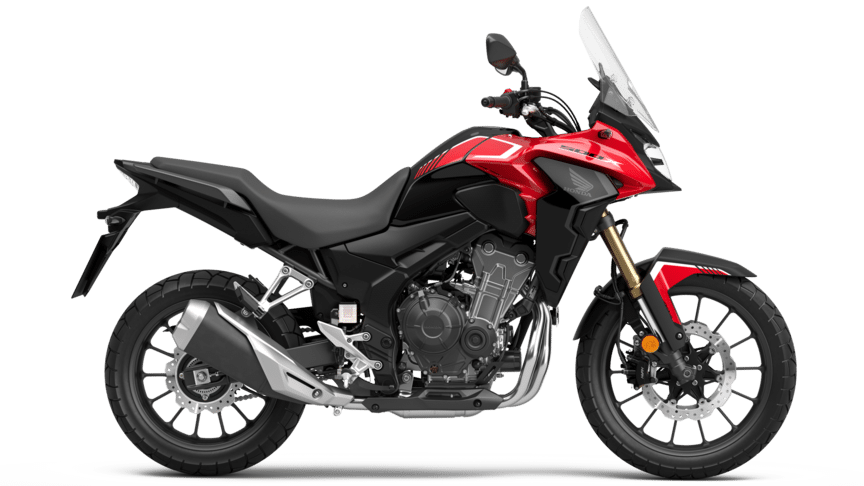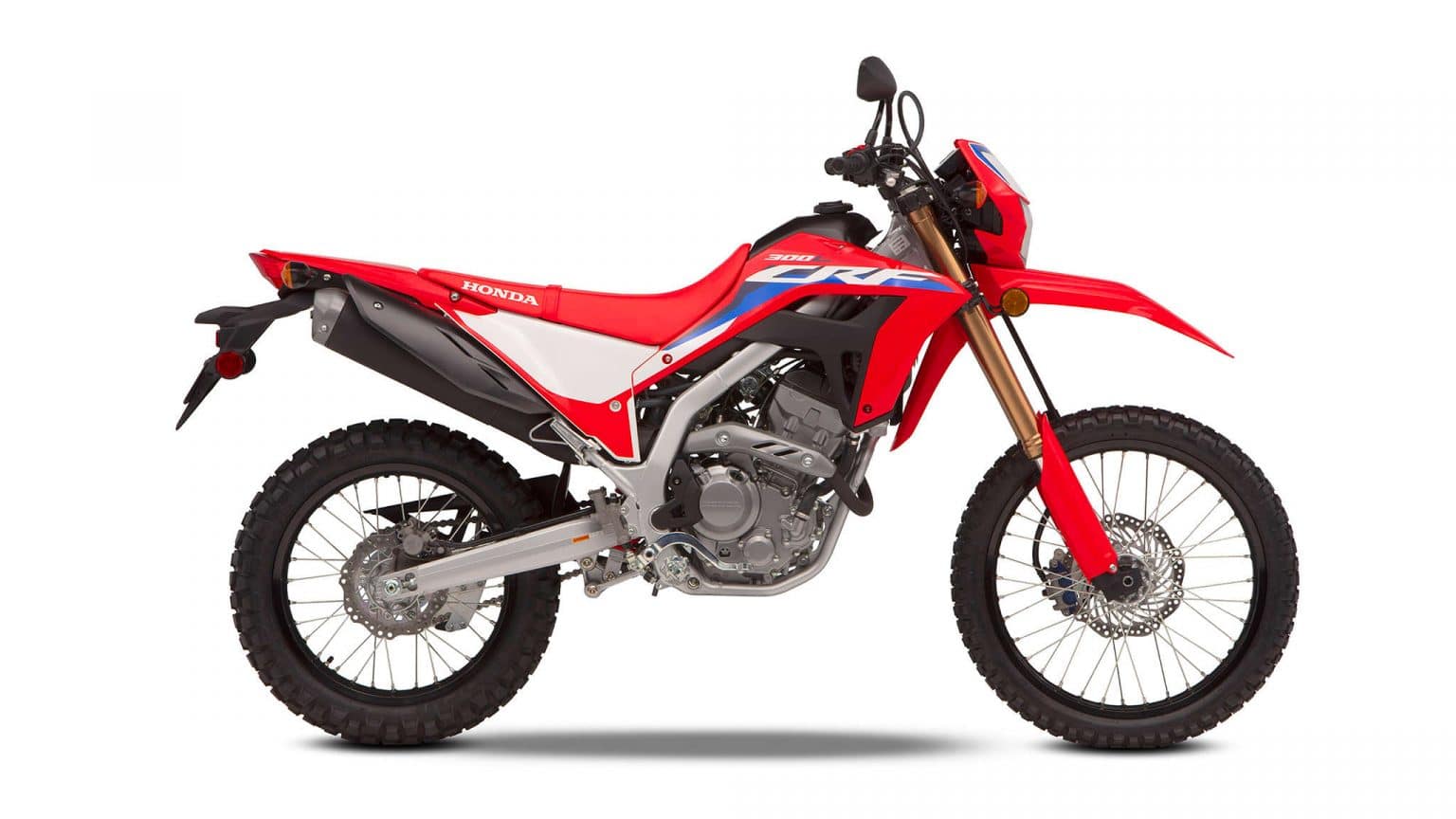The Weather in Vietnam's Diverse!
The weather in Vietnam is ever-changing. From north to south, weather in Vietnam is extremely diverse and hard to predict. As a result, planning a holiday to Vietnam can be very challenging.
There are various different aspects of the weather in Vietnam that should be considered all year round. However, sadly there is no straight answer as to which time of year you should visit. Areas of Vietnam can be blistering hot and dry, whilst others are sinking under floods of water. Not only that, the skies can be clear one minute, shortly followed by very dark clouds and a rain downpour you will never forget. The weather will keep you on your toes. That we can guarantee.
Despite this, we will do our best to summarise the weather conditions in Vietnam in this post. With an aim to prepare you for the unexpected and help you plan a trip accordingly.
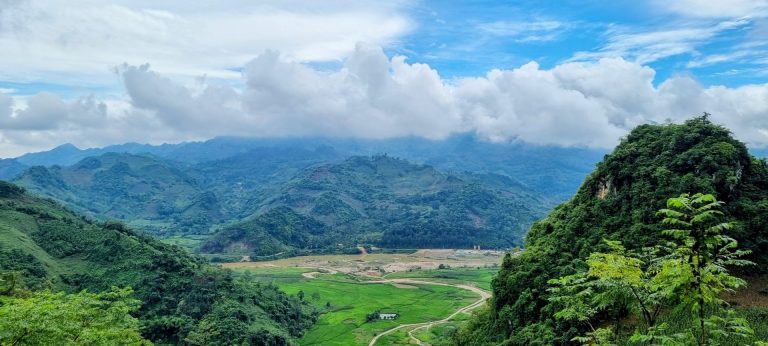
What To Expect From The Weather in Vietnam
It’s hard to tell you exactly what you can expect from the weather in Vietnam. Due to the countries long shape, the weather in the north is often extremely different from the weather in the south. As a result, sun lovers will be able to catch a few rays somewhere in Vietnam all year round. And shade huggers will be able to embrace outdoor activities without having to hide from the sun.
Firstly, we will start by explaining the different regions of Vietnam. Looking at what each individual region has to offer for visitors and how this can be affected by the weather.
Secondly, we will describe the weather in each region. Exploring how the weather in Vietnam can affect each region differently and how to plan to ensure it doesn’t affect your trip. Looking at a month to month weather changes in each individual region and summarising with the best time of year to visit.
We will also explore different activities that are specific to each individual region. Taking into consideration the weather and necessary planning.
Finally, we will explain how the weather can affect those who are traveling Vietnam by motorbike. Explaining how you can effectively prepare for the worst possible weather conditions and what you need to do to avoid these situations altogether.
We hope this post will help keep you dry during your visit to this wonderful and diverse country!
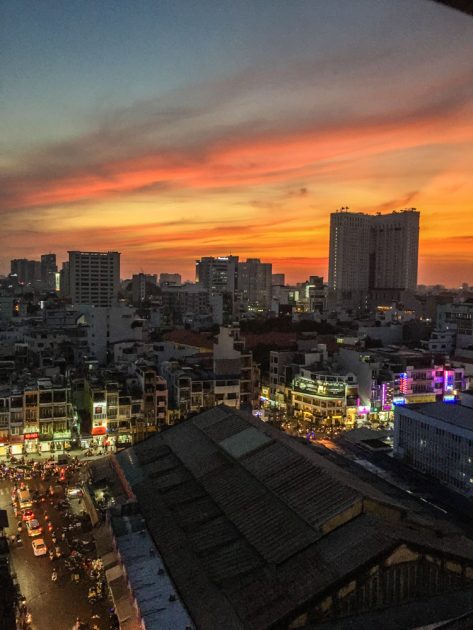
Weather Across Three Main Regions
As previously mentioned, Vietnam is a very large and long country. From top to bottom, the landscape in Vietnam is consistently changing. You can be cruising through the mountains in Sapa one day and sailing over the flats of the Mekong Delta the next.
The weather in Vietnam is no exception. Conditions very much depend on where you are in the country and at any one time of year. For example, the sun in the south can be blazing without so much as a drop of rain throughout December. And in the north, the sun can say goodbye for a full 31 days solid throughout the same month.
Vietnam is broken down into three main regions. The north, center, and south. As a whole, the weather is often consistent across each region at all times throughout the year. So no matter what time of year you visit, there will always be one region with the right weather conditions for you.
North Vietnam
The North of Vietnam is extremely different from the center and south of the country. This is based on a number of different reasons. For one, those visiting the north can expect to embrace some of the countries most dramatic and impressive scenery. Not to mention some of the most challenging and exciting outdoor activities.
With sprawling mountain ranges, winding mountain roads and challenging limestone mountain faces, the north is an adrenaline junkies dream. Be it hiking to the peak of Fansipan in Sapa, riding a motorbike on challenging mountain passes in Ha Giang or climbing a limestone cliff face over Lan Ha Bay. The north really does have it all.
However, due to the nature of these activities, it is extremely important to factor in the region’s diverse weather system.
Weather in the north of Vietnam varies greatly across the year as it experiences 4 full seasons. For some, this will be a dream and for others, this could be a nightmare. It is important to factor the time of year into any trip in the North of Vietnam.
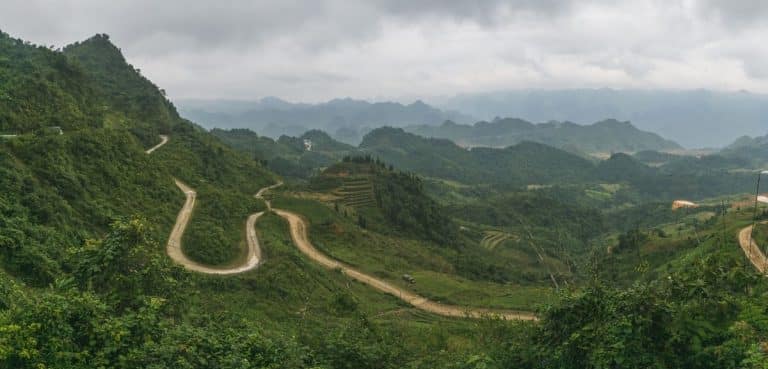
Best Times to Visit North Vietnam
As we have previously mentioned, the north of Vietnam experiences 4 full seasons, much like the west. Temperatures can vary between 10 and 45 degrees, making it a challenging part of the country to plan for. Despite this, the average temperature seems to remain relatively consistent year to year. Which makes planning for weather conditions possible.
Weather conditions are at their most moderate during spring and autumn. Below you can read a full breakdown of each individual season and which months are the best for visiting.
Summer
Summer in Vietnam is similar across the country. However, the north’s summer is slightly shorter than the south, spanning the months of June to September. Temperatures during these months can rise to over 40 degrees and rainfall is frequent. And when we say rainfall, we mean RAINFALL. Once the heavens have opened, you can expect a shower of a lifetime.
In the north, humidity can rise quickly and a storm can roll in before you’ve had time to even think about grabbing your poncho. Despite this, rain is usually heavy but short. Showers can pass within less than 15 minutes; so don’t let this rule out a visit to the north of Vietnam during the summer altogether.
However, if you are planning any outdoor activities, this may not your best time of year to visit. Due to high rainfall, landslides are common in mountainous regions. And as result roads are sometimes closed, unsafe or simply blocked. To make the most of the outdoors, we would suggest visiting during any of the other 3 seasons.
If you’re planning a visit to Hanoi, you may want to read our Weather in Hanoi post. And if you are uncertain about what to bring for the summer rain, we have all the details of what to pack for rainy season in Vietnam.

Autumn/Spring
From late October to early December and early April to late June, the weather in the north of Vietnam is generally pleasant. Temperatures are at their most moderate and rainfall is at its lowest. As a result, visitors can expect to experience warm, bright days with minimal rainfall. For those wanting to make the most of the outdoors during their time in Vietnam, this is the best time to visit.
Winter
Winter in the north of Vietnam is surprisingly cool. Late December to late March is far cooler than any other area in the country. Temperatures are around 10 to 20 degrees and sunshine is a rare sight.
Despite the fact that rainfall is much lower during these months, consistent light rainfall is much more common. Often days can be overcast with light rain all day.
Although this time of year might seem bleak for some, those who don’t like the heat might find that it’s their best option. And despite the rain, outdoor activities such as hiking and rock climbing can still be enjoyed. You may just need to remember your coat.
Tip: If you’re planning on riding a motorbike during these months, remember to pack or purchase a warm, waterproof and windproof coat. It can get extremely chilly on the back of a bike!
Central Vietnam
The center of Vietnam offers visitors a completely different experience to that of the north. With the coastal cities of Da Nang and Hoi An at the very center of this region, many tourists are visiting to experience some time by the sea.
Activities in this area are usually made up of various different water sports. Individuals can fill their time here with days lazing by the beach, snorkeling, diving off the coast of the Cham Islands and swimming off the coast of My Khe.
As a result, most individuals will fill their time with outdoor activities, relying on the sunshine to see them through.
To read more about what to do when staying in Da Nang, read our Top 10 Things to do in Da Nang post.
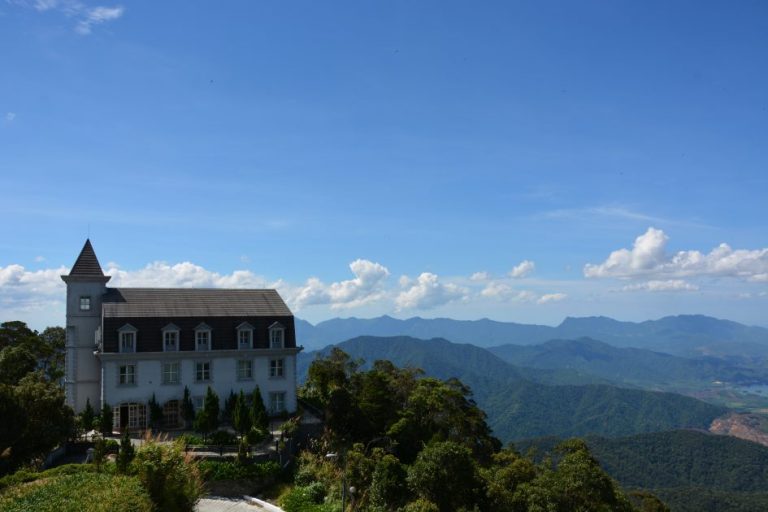
Best Time to Visit Central Vietnam
The weather in central Vietnam is more similar to that in the south. Temperatures tend to vary between 20 and 35 degrees and rainfall is at its highest during the summer months.
Despite this, Central Vietnam still experiences 4 seasons and does get much cooler than the south. During the winter months, temperatures can sometimes drop below 20 and cloud cover can be high. To make the most of your time in this region, we would suggest avoiding a trip during December and January.
Summer
Summer in central Vietnam can be very hot, much like the north and south. However, due to the shape of the country, most destinations are close to the coast. And as a result, the air is generally fresher and less humid.
Summer in this region stretches across the months of June to September. During this period, rainfall is high and temperatures can reach as high as 40 degrees. Despite the high temperatures and rainfall, it is possible to catch pleasant days with sunshine and no rain.
Much like the rest of the country, showers are heavy but pass quickly. However, hot and clear days are more common during this period than in the north and south.
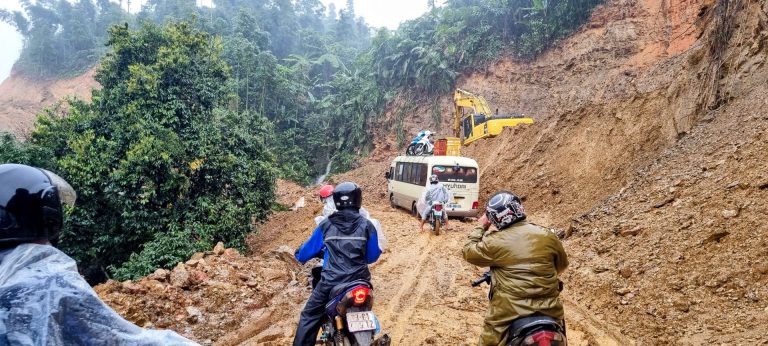
Autumn/Spring
During the months of September to December and May to June, the weather in the center of Vietnam is at it’s most moderate. Rainfall is low and temperatures sit between 25 to 35 degrees. Throughout this time, the sun shines regularly and visitors are able to make the most of their time in this region. For those wanting to take part in any outdoor activities, this is your best time to visit this region.
If you’re considering completing Hai Van Pass by motorbike, this is your time to visit.
To read more about completing Hai Van Pass and renting a motorbike in central Vietnam, read the following posts:
Winter
Winter in central Vietnam is much milder and shorter to that of the north. Temperatures generally sit between 20-25 degrees during the months of December to February and cloud cover is at its highest. This region also experiences some rainfall during these months. However, like the north, this is usually light showers and overcast.
South Vietnam
Unlike the North of Vietnam, the South experiences only two main seasons. Dry and wet. Temperatures vary very little and tend to stay between 25 and 35 degrees. Visiting the south of Vietnam at any time of the year can be very pleasant!
Despite this, rainfall tends to come during the summer months and it comes down hard. Showers in the south can be heavier and more consistent than anywhere else in the country.
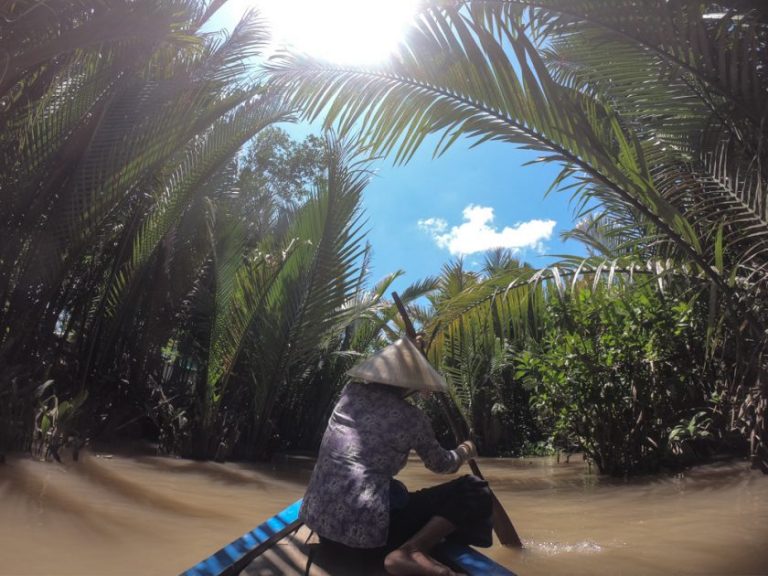
Best Time to Visit The South of Vietnam
The best time to visit the south of Vietnam is definitely during the winter months when rainfall is low and temperatures are moderate.
Activities in the south generally consist of tours along the Mekong Delta, days by the sea in Nha Trang and day tours from and around Ho Chi Minh City. All of which can generally be enjoyed all year round depending on rainfall. Much like the rest of the country, rain is heavy and quick with sunny spells between.
Summer (Wet Season)
Summer in the South of Vietnam spans the months of June to September. During this time rainfall is very high and thunderstorms are regular. It is not uncommon to check the forecast and see only clouds, lightning, and rain for over two weeks.
However, don’t let this put you off. As we have previously mentioned, storms come and go quickly, often leaving some clear skies behind them. Humidity prior to storms can often be very uncomfortable however, so light clothing and a raincoat (or a plastic poncho) are vital.
Winter (Dry Season)
Winter (if you can really call it winter) in the South of Vietnam spans the months of October to May. During these months rainfall in the south is at its lowest, with temperatures staying between 25 and 35 degrees. It is rare for this region to experience temperatures below 25 degrees, which makes for a very pleasant and enjoyable winter!
For those wanting to make the most of the outdoors, this is easily the best time to visit this region.
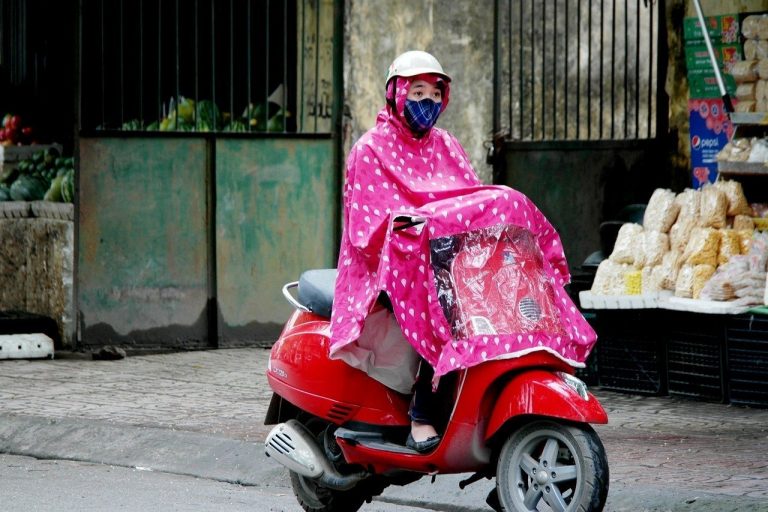
How to Prepare For The Weather in Vietnam
After reading how diverse Vietnam’s weather system can be, you’re probably thinking “how can I possibly pack for that?”. It is a challenge knowing exactly what you should pack for a trip to Vietnam, and sadly there is no one straight forward answer. This all depends on where it is you are visiting and what it is you plan to do. However, there are some things that we suggest you should always pack for a trip to Vietnam. Here are some of the essentials we feel everyone should pack for a trip to Vietnam:
Poncho/Waterproofs
It is pretty impossible to visit Vietnam and not spot a brightly colored poncho for sale. When the heavens inevitably open, 90% of the local Viets will embrace the rain shielded by a poncho. During the rainy season, if you don’t embrace it, you simply won’t go out.
Ponchos are available to buy almost everywhere in Vietnam and they range in quality. When you spot rain on the forecast or the black clouds rolling in, take the opportunity to grab a poncho for as little as a $1. Continue about your day as though the skies aren’t out to get you.
When you’re in Vietnam for a long period during the rainy season, it is worth investing in a more solid form of protection. Heavy-duty ponchos and overall waterproofs are available at most stores for a reasonable price.

Sun Hat
On the flip side, during the summer months, we suggest that you consider investing in a sun hat. Everyone is familiar with the traditional Vietnamese palm sun hats. You will rarely catch a Viet out in the sun at midday for a long period without a hat to protect their heads.
Therefore, you shouldn’t be out in the sun for a long period with something to protect your head. On hot days, the heat in Vietnam can be overwhelming and so can the sun. It’s important to take this into account if you’re planning on being out in it for a long period of time.
Hats are readily available throughout Vietnam. When you find yourself caught short, you’ll never be far from protection. And if you want to look the part, you’ll be able to find one of the traditional palm hats for yourself!
Sun Cream
Sadly a hat won’t protect your whole body from the sun. With temperatures soaring to over 35 degrees in Vietnam, it’s important you protect your skin too. Local Viet women often shade themselves entirely by the sun in order to keep their skin as pale as possible.
In order to do so, they will simply wear an overall that covers their entire bodies and sometimes even their faces. As you can imagine, this can be very uncomfortable, hot and generally not a great look for a visitor. As a result, it’s important that you come prepared for inevitable sun time during the summer months.
Packing sun cream is surprisingly a very important thing to do. Sun cream is not readily available in Vietnam and when it is, it often contains whitening agents. Due to the fact that the locals avoid the sun altogether and cover themselves head to toe when they do have to go out in it, it’s just not sold as much.
We don’t need to remind you how important it is to protect your skin from sun damage. However, it’s easy to forget the damage the sun is causing when riding a motorbike. This is simply due to the wind on your skin cooling the sensation of sun damage. So if you’re on your bike in the sun, make sure you’re protected.
Light Cover-ups
Not to go on too much about sun damage, however, we do suggest that you consider packing some light clothing to keep you covered on long motorbike journeys in Vietnam. By this, we mean some long-sleeved, breathable gym tops and ankle-length leggings that can be worn underneath your general clothing.
By doing so, you minimize your skin’s exposure to the sun altogether. When riding for long periods on a motorbike, it’s easy to forget the amount of exposure your arms and backs of your legs are getting to the sun. Even your nose can take the brunt of it so consider a light balaclava. Sunburn can be hard to avoid and it is annoying to keep having to reapply sun cream.
By preparing yourself with this gear, you can avoid consistently stopping and slapping on greasy sun cream.
Light Footwear
Footwear is particularly hard to plan for. Most trainers aren’t waterproof and boots that tend to be very hot and uncomfortable as a result of high temperatures and humidity. The best form of footwear to wear is easily waterproof sandals or flip flops.
Many of the locals opt to wear plastic sandals and flip flops in order to allow their feet to breath and dry quickly. They are cheap, easy to find and give you the freedom to expose your feet to nature. Your foot will dry much quicker than a wet trainer. And 9 times out of 10 it will be a more pleasant experience.
However, sandals offer little not zero protection. Light boots that you can dry out quickly are preferable. You an stuff toilet paper inside these of an evening or, if you have a room with aircon (they don’t cost too much) you can get your boots dry overnight. Be aware that wearing wet boots day in, day out can result in ‘Trench Foot’ which is annoying.
The weather in Vietnam is sure to test your packing skills!
Read our Travelling in Rainy Season post to learn more about what you should pack.
So What Time Of Year Should You Visit Vietnam?
Overall, the weather system in Vietnam is unpredictable, to say the least. The most important thing to remember is you’ll rarely be caught short by the weather. Make sure you do your research first and take activities, location and time of year into consideration when packing.
The Vietnamese are prepared for all weather conditions, and if there’s something you’ve forgotten, it’s likely you’ll be able to find it easily and cheaply.
We suggest not ruling any specific time of year out when visiting Vietnam. Just don’t rely on the weather forecast to keep you dry!
